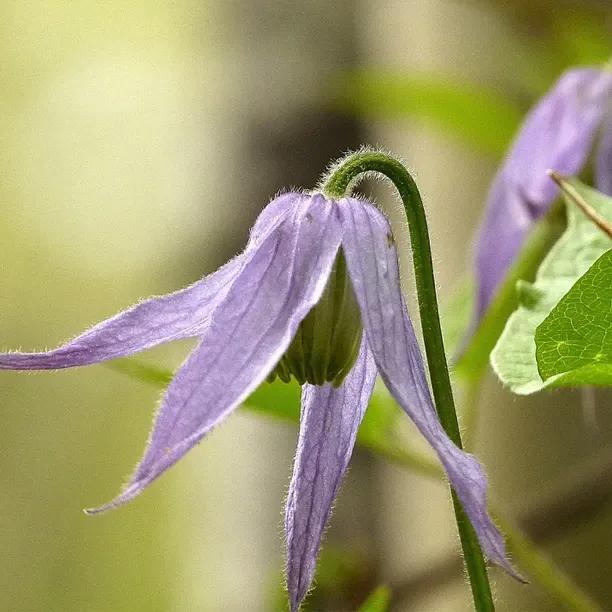Blue Bird Clematis
The details
- Pale violet blue flowers
- Mild Scented
- Flowers April - May
- Height and spread up to 2.5m x 1m
- Pruning Group 1
- RHS Award of Garden Merit
Recommended extras
Description
Clematis Macropetala 'Blue Bird'
Clematis macropetala 'Blue Bird' is a beautiful plant, producing masses of elegant, nodding double flowers in pale violet blue. These go on to produce lovely seedheads that stay present for the winter.
But don't let its delicate appearance fool you! This is a really tough strong growing variety that can grow in the most challenging conditions making it fantastically versatile and really useful.
If you are looking for other Clematis for your garden you can browse our full range here.
Great for your garden:
Clematis macropetala 'Blue Bird' is a great choice if you are looking for a strong growing highly decorative plant for tricky shaded spots in the garden as it will cope with full shade. It is also wonderful if you are lucky enough to live by the sea as will tolerate all that salty air and sea spray.
It requires support such as a frame or pergola and is just as happy grown on a trellis or wires against a wall. It can look very effective grown with other later flowering climbers such as roses where it can extend the season of interest. It can also look lovely growing through a tree in a shady part of the garden.
This Clematis has been awarded the RHS Award of Garden Merit due to its fantastic performance in the garden. It is also a great low maintenance climber as it needs little or no pruning.
Clematis macropetala 'Blue Bird' characteristics:
- Flower colour: Pale, violet blue
- Flower shape: Double, nodding
- Fragrance: Mild
- Repeating: No
- Approximate flowering season: April to May
- Final height and spread: 2.5m x 1m
- Pruning group: 1
- RHS Award of Garden Merit
Look out for:
This is a really tough variety but like any Clematis caterpillars, earwigs and aphids may be a problem. Remove by hand where possible, and spray if infestations get really bad.
May be affected by Clematis wilt. Avoid through annual mulching for healthy deep roots. Cut out any infected stems and destroy immediately, disinfect tools.
Slime flux can occasionally be a problem. Damaged stems can be infected by the bacteria causing a foul smelling ooze from the affected area. Cut back to a healthy shoot, the infected material destroyed.
Trivia:
These Clematis are so tough that they are said to withstand temperatures down to -40 degrees centigrade! Their wild forms can be found growing in Northern China and Eastern parts of Mongolia. No wonder they cope so well in our warm and easy climate!
Images supplied by Clematis on the Web.


